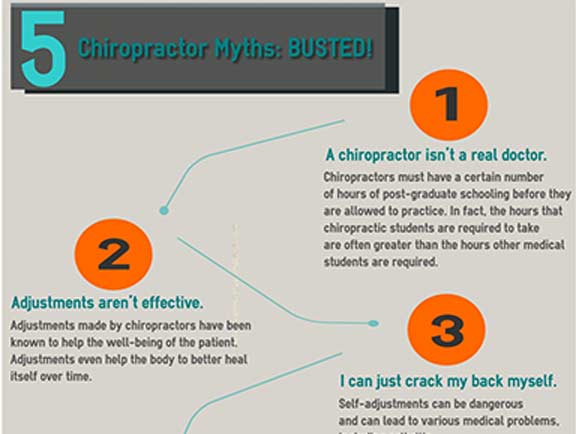An In-Depth Evaluation Of Cold Laser Therapy: Unraveling Its Mechanisms And Influence
An In-Depth Evaluation Of Cold Laser Therapy: Unraveling Its Mechanisms And Influence
Blog Article
Written By-Castro Roberson
You may have become aware of cold laser therapy as an encouraging treatment choice for various problems, yet have you ever before wondered how it really services a mobile level? Comprehending the systems behind this therapy can shed light on its performance in advertising recovery and minimizing inflammation. By exploring the scientific research behind cold laser treatment, you'll obtain insights into the interesting methods which light can affect cellular processes and help with cells repair.
How Cold Laser Therapy Functions
To recognize how cold laser treatment functions, you need to comprehend the fundamental principles of exactly how light power interacts with biological cells. Cold laser therapy, additionally called low-level laser therapy (LLLT), utilizes details wavelengths of light to pass through the skin and target underlying tissues. Unlike the intense lasers utilized in operations, cold lasers release reduced degrees of light that do not produce warmth or create damages to the tissues.
When these mild light waves reach the cells, they're soaked up by parts called chromophores, such as cytochrome c oxidase in mitochondria. This absorption sets off a series of organic reactions, including enhanced mobile energy manufacturing and the launch of nitric oxide, which boosts blood flow and reduces swelling.
Furthermore, the light power can also boost the production of adenosine triphosphate (ATP), the energy currency of cells, aiding in mobile repair and regeneration processes.
Basically, cold laser treatment utilizes the power of light power to promote recovery and minimize discomfort in a non-invasive and mild manner.
Mechanisms of Action
How does cold laser therapy in fact work to produce its restorative results on biological tissues?
https://charliekgzto.blog-mall.com/30765025/discover-just-how-cold-laser-therapy-can-assist-you-quit-cigarette-smoking-for-good , likewise referred to as low-level laser therapy (LLLT), runs via a procedure referred to as photobiomodulation. When lasers greenwich is put on the skin, the light energy penetrates the cells and is absorbed by chromophores within the cells.
https://www.theepochtimes.com/health/what-are-these-things-floating-in-front-of-my-eyes_4596016.html , such as cytochrome c oxidase in the mitochondria, are after that boosted by the light energy, bring about a waterfall of biological responses. One vital system of action is the enhancement of cellular metabolic process.
The absorbed light energy enhances ATP manufacturing in the mitochondria, which is essential for cellular function and fixing. Furthermore, cold laser therapy aids to minimize inflammation by preventing inflammatory conciliators and promoting the release of anti-inflammatory cytokines.
This anti-inflammatory effect adds to pain alleviation and tissue recovery.
Therapeutic Results
Comprehending the healing results of cold laser therapy entails identifying exactly how the boosted mobile metabolic process and anti-inflammatory residential or commercial properties add to its favorable results on organic cells.
When the cold laser is put on the damaged location, it stimulates the mitochondria within the cells, leading to enhanced manufacturing of adenosine triphosphate (ATP), which is essential for cellular feature and repair service. This increase in cellular energy increases the healing procedure by promoting cells regeneration and decreasing swelling.
Additionally, nicotine addiction treatment -inflammatory residential properties of cold laser therapy aid to decrease pain and swelling in the targeted area. By inhibiting inflammatory moderators and advertising the release of anti-inflammatory cytokines, cold laser therapy aids in reducing pain and improving the total recovery action.
This reduction in swelling not only provides immediate alleviation but also supports lasting tissue repair service.
Conclusion
To conclude, cold laser therapy works by boosting mobile repair service and tissue regrowth through photobiomodulation. Its anti-inflammatory properties provide pain relief and reduce swelling by hindering inflammatory conciliators.
This treatment provides a comprehensive approach to healing, supplying both prompt alleviation and lasting cells repair service benefits.
With its systems of action, cold laser therapy shows to be an efficient and promising therapy option for a range of conditions.
